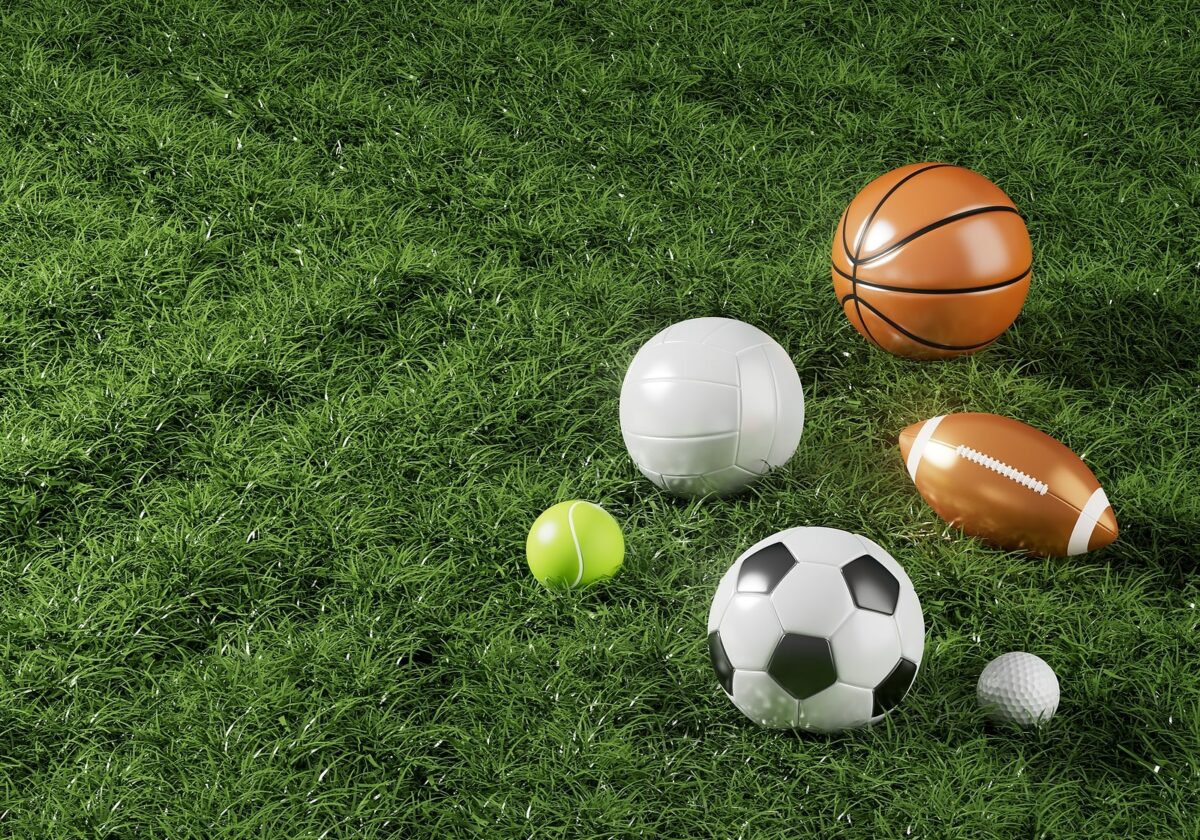Hearing loss has emerged as a significant concern among athletes, particularly in high-impact sports like professional football. This article aims to provide a comprehensive guide that not only informs patients and professionals but also emphasizes the importance of early detection and compassionate care.
Understanding the Link Between Professional Football and Hearing Loss
Recent research has shed light on the connection between professional football participation and increased risk of hearing loss. The noise levels generated by roaring crowds, amplified music, and the inherent collision sounds on the field can contribute to noise-induced hearing loss (NIHL). Additionally, repeated head traumas and concussions have been associated with auditory processing deficits. Thus, it is imperative to adopt proactive strategies to safeguard the auditory health of professional football players.
Advancements in Prevention
- Custom Hearing Protection: Tailored hearing protection devices have gained traction as an effective preventive measure. These devices are designed to fit an individual’s ears perfectly, offering optimum protection while maintaining communication clarity. The professional football league has increasingly recognized the value of custom earplugs and earmuffs to reduce the impact of excessive noise during games and practice sessions.
- Noise Reduction Technology: Cutting-edge noise-canceling technologies integrated into helmets can significantly mitigate exposure to harmful noise levels. These technologies selectively suppress crowd noise while allowing players to hear crucial on-field communications. Such advancements not only protect players’ hearing but also enhance their performance and safety.
Diagnosis and Management
- Baseline Audiological Assessments: Prior to the start of each season, comprehensive baseline audiological assessments should be conducted for all professional football players. This establishes a reference point for comparison in case of suspected hearing loss. Regular follow-up assessments during the season allow for early detection of any changes, ensuring timely intervention.
- Auditory Rehabilitation: In cases of hearing loss, auditory rehabilitation plays a pivotal role in restoring communication abilities. Innovative auditory training programs tailored to athletes’ needs are being developed. These programs focus on auditory processing and speech perception, enabling players to effectively adapt to their evolving auditory abilities.
- Personalized Hearing Solutions: Advancements in hearing aid technology offer discrete, comfortable, and highly customizable solutions. Wireless connectivity allows players to seamlessly integrate their hearing aids with communication systems and coaching instructions. This integration minimizes the impact of hearing loss on player-coach interactions and ensures optimal performance.
Futuristic Interventions
- Regenerative Therapies: Emerging regenerative treatments show promise in restoring damaged cochlear hair cells, which are crucial for hearing. While these therapies are still in experimental stages, they hold the potential to revolutionize the treatment of sensorineural hearing loss caused by noise exposure.
- Neuroplasticity Training: Ongoing research into neuroplasticity offers insights into training the brain to adapt to hearing loss. Neuroplasticity-based interventions could be tailored to professional football players, promoting more effective auditory processing and communication skills.
Importance of Early Detection
Early detection remains the cornerstone of effective hearing loss management. Regular audiological assessments allow for prompt intervention, preventing further deterioration and enhancing the overall quality of life. Timely intervention not only addresses hearing loss but also reduces the risk of associated mental health challenges, such as isolation and depression.
Compassionate Care
Compassion and understanding are essential when addressing hearing loss in professional football players. It is vital to provide comprehensive education about the risks of exposure to loud noises and the available preventive measures. Additionally, offering psychological support to athletes dealing with hearing loss fosters a culture of inclusivity and enhances their mental well-being.
Final Thoughts
As an audiologist dedicated to advancing hearing health, it is heartening to witness the strides being made in hearing loss prevention, diagnosis, and management for professional football players. By staying at the forefront of technological innovations and embracing a patient-centric approach, we can ensure that these athletes continue to excel on the field while preserving their auditory well-being. Through early detection, compassionate care, and collaboration between professionals, we can empower professional football players to overcome the challenges posed by hearing loss and thrive in all aspects of their lives.

